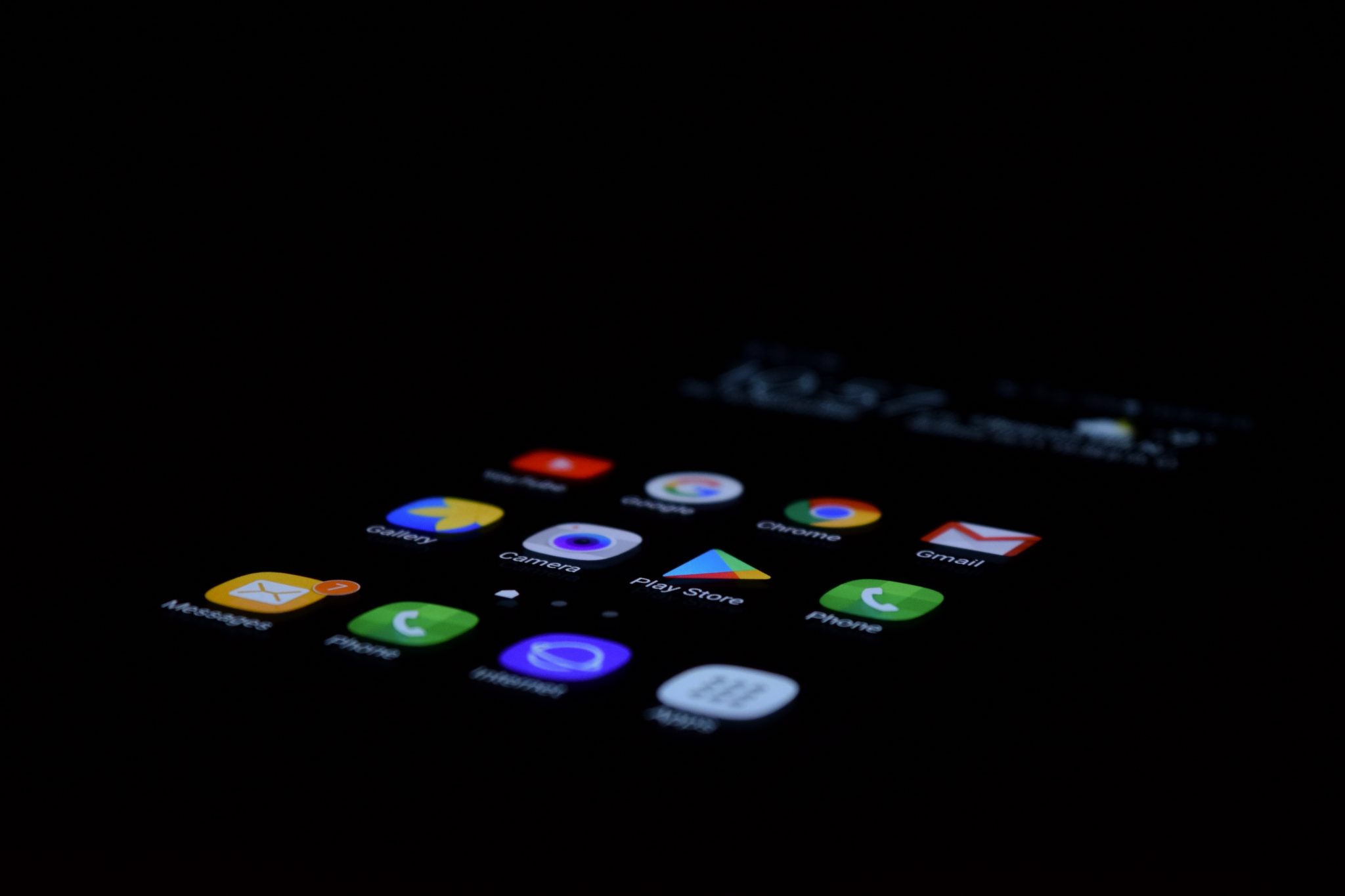The platform has 350 interactive exhibits about discoveries and inventions of the world in one place.
Google Arts & Culture launches today the largest online exhibition ever created on the inventions and discoveries of the history of humanity: the new digital platform Once Upon a Try. The interface, created thanks to the help of 110 institutions, curators and archivists from 23 countries around the world, has 350 interactive exhibits and augmented reality experiences with which users can see everyday objects full of amazing stories and millennia of great advances humans that have inspired generations of inventors, scientists and dreamers.
All the data you need, in one place
From the first stone tools to the robotic arms, from the steam engine to the propulsion jet, from paper to the Internet, and from hieroglyphs to emojis: new technologies have always helped to shape human society. The Telescope, for example, invented in 1608 by the Dutch eyewear manufacturer Hans Lippershey and then improved by Galileo Galilei, today allows mankind to know the universe. The Hubble Space Telescope orbits 340 miles above Earth, capturing clear images of 10,000 galaxies, some of which originated more than 13 billion years ago.
What to see in Once Upon a Try?
As part of Once Upon a Try, Google also launches BIG BANG, a new app developed in collaboration with CERN with which people can embark on an epic journey of augmented reality in 360º through the birth and evolution of the universe. With Tilda Swinton as a guide, it is possible to witness the formation of the first stars and observe how the planet Earth takes shape in the palm of your hand. Also, explore the vast archive of NASA with 127,000 historical images through a new tool called NASA’s Visual Universe, which works thanks to Google’s automatic learning.
From Google Street View, users can tour the sites of great discoveries, from the underground depths of CERN to the highest point of the sky on board the ISS. There are 200,000 HD artifacts available as the first map of America and Saturn and its 62 moons. Also, they can learn all about great inventions, from the emoji to the toilet, or listen to five inspiring scientists talk about the science behind the powers of superheroes, such as metamorphic cells. The Einsteins and the Curies, as well as current heroes like Chewang Norphel, the man who fights climate change with artificial glaciers, and the pioneering paleontologist who discovered the pterodactyl, are available to everyone.
Epic stories
Throughout the exhibitions are interwoven stories of lucky accidents, epic failures and even people who died for their projects, such as the fortuitous discovery of X-rays by Röntgen, the ingenious electric submarine of Isaac Peral that was never launched, and the search Marie Curie to find the polonium that led her to her death by radioactive poisoning.
For those who want to follow the path of science, the platform offers tips on becoming an inventor and lessons on the importance of accepting failure through stories of pioneers such as Ada Lovelace, Mae Jemison and Chien-Shiung Wu.
“Once Upon a Try” is available at Google Arts & Culture or through the application for iOS or Android.

